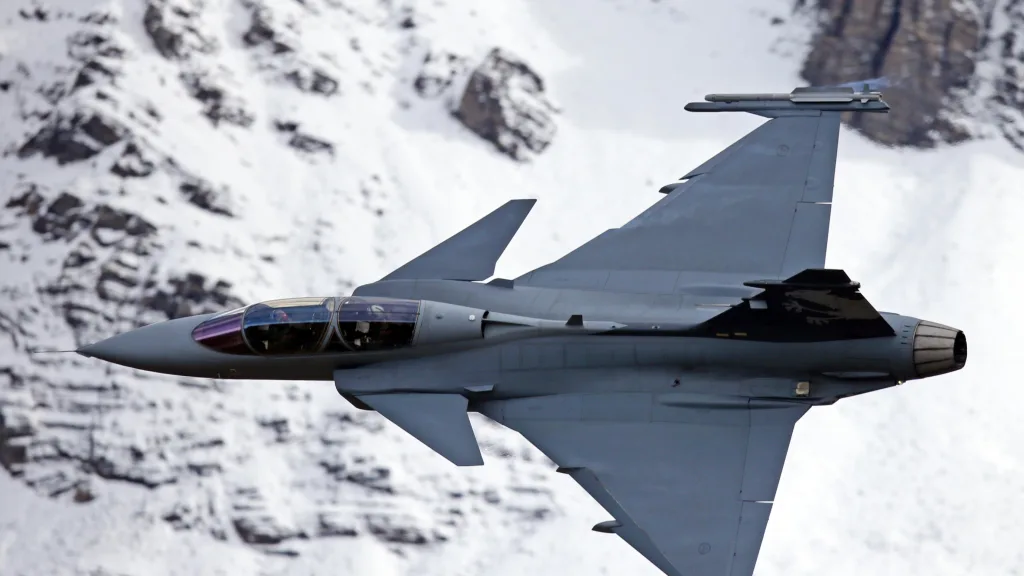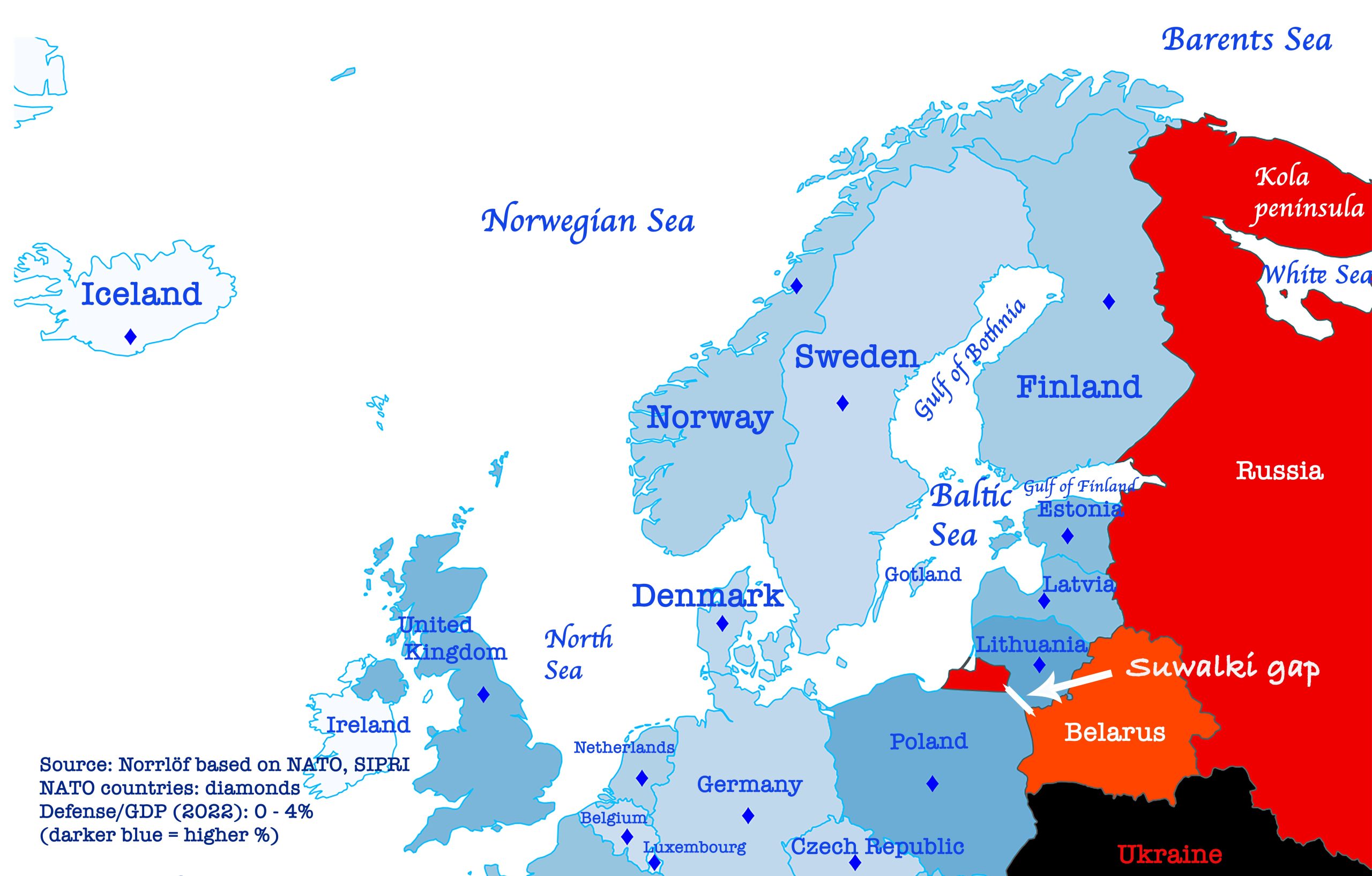Trump’s Greenland grab
 In 2019, when Donald Trump first proclaimed that the United States should buy Greenland, Danish Prime Minister Mette Frederiksen rightly dismissed the idea as absurd. Greenland is not for sale, she noted. While Denmark manages the territory’s foreign and security policies, Greenland sees to its own domestic affairs.
In 2019, when Donald Trump first proclaimed that the United States should buy Greenland, Danish Prime Minister Mette Frederiksen rightly dismissed the idea as absurd. Greenland is not for sale, she noted. While Denmark manages the territory’s foreign and security policies, Greenland sees to its own domestic affairs.
But now that Trump is returning to the White House, he believes that it is an absolute necessity for the US to get ownership and control of the huge Arctic territory. And even more shockingly, he says that he will not rule out the use of military force to achieve this objective—though threatening ‘huge tariffs’ remains his preferred option.
Flabbergasting as such pronouncements may seem, they are no laughing matter. Greenland is an important and sensitive diplomatic issue. Its status should be treated with care and compassion, lest a much larger crisis ensue. That would not serve anyone’s interests.
History matters here. Greenland was a Danish colony until 1953, when it became an actual province of Denmark. The vast island (the world’s largest, in fact) then adopted home rule in 1979. Since 2009, Greenland and the Kingdom of Denmark have maintained a wide-ranging autonomy arrangement in which a few policy domains—primarily security and defence—remain under the control of the government in Copenhagen.
Most of Greenland’s political parties aspire to independence for the island, and under the 2009 arrangement, they have the right to organise a referendum for that purpose. But most Greenlanders recognise that it is too early to take such a step. They first must build up the necessary capacities to function as an independent nation-state.
Given Trump’s latest interventions, it is safe to assume that the independence question will dominate Greenland’s next elections, which will be held no later than 6 April. But it is highly doubtful that there will be much support for trading the light hand of Danish rule for the grasping hands of Trump and his MAGA coalition. For better or worse, Greenlanders are committed to the Nordic welfare model and will not want to abandon it in favour of the US’s model.
Although Greenland is not part of the European Union, its people are, by dint of being citizens of Denmark. More than half of the island’s public budget is covered by the Danish government, and 90 percent of its exports (mainly shrimp) go to the EU, where they have privileged access.
While Russia and China also have territorial and economic ambitions in the Arctic, military threats to Greenland are minimal. The closest Russian outpost is 2,000 frozen kilometres away, and China’s two Arctic-capable research vessels seem to be active primarily in the waters around Antarctica.
Moreover, under a 1951 agreement (and subsequent ones), the US already has the right to base military facilities on Greenland. The Thule Air Base in the far north of the island was a huge facility in the early days of the Cold War, and despite public denials, it even housed nuclear weapons. Renamed the Pituffik Space Base, it now serves early-warning and space-surveillance functions. But as long as the US military consults Danish and Greenland authorities, it can do more or less what it wants on the island.
Denmark, for its part, operates patrol ships around Greenland, and it will soon acquire surveillance drones; but the primary purpose for its small military presence has been search and rescue.
Of course, the legacy of colonialism is never easy to deal with. Some 88 percent of Greenlanders are Inuit, and the Greenland-Denmark relationship today is not free of complicated issues from the past. But the US, hardly covered in glory by its treatment of its own indigenous population, is in no position to preach to others about similar issues.
True, Greenland has large reserves of the rare earth minerals that are used in many high-tech products. But the investment climate for extracting these resources is far from ideal, given the new political uncertainty around the island, the lack of manpower, and the fragile natural environment. Indeed, Greenland and the rest of the Arctic is warming at least twice as fast as the rest of the planet, and this translates into economic, social, and political fragility. That is all the more reason to manage Greenland’s slow journey toward more autonomy—and perhaps eventually independence—carefully, not with bombast and bullying.
Trump’s indecent proposal, delivered at the barrel of a gun, is not only absurd but dangerous. Greenland’s evolving light-touch relationship with Denmark is clearly the best option for the island.




